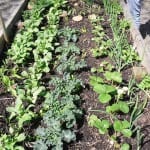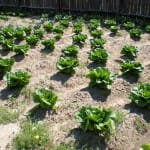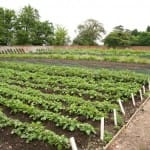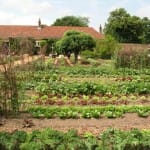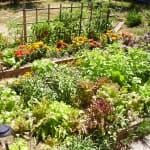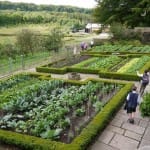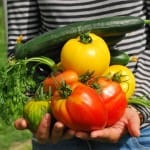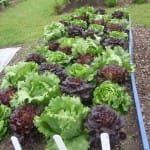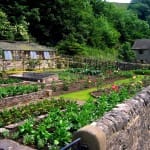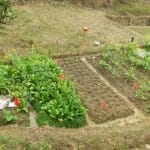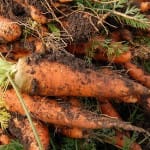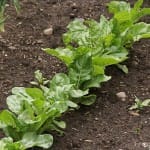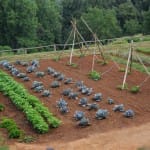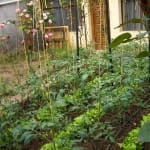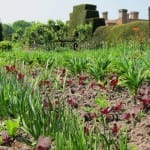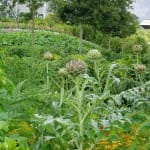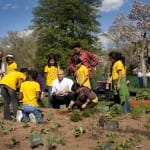Source(s): Darbie Granberry
During this time of the year, all true gardeners are getting thoroughly excited about soon-to-be-planted spring vegetable gardens. We excitedly envision lush rows with perfect pods of peas, scrumptiously delicious sweet corn and big, beautiful tomatoes. We can hardly wait to put the seed in the ground and harvest the best vegetables ever.
But hold on just a minute. We need a vision, yes! And we need to put the seed in the soil, certainly! But it takes more than a vision to make that picturesque, bountiful garden a reality. We need a plan, as well. So, you should begin planning your garden before you order the first packet of seed or turn the first spade of soil. Proper planning is critical.
First, plan for the location and size of the garden. Then consider land availability, how much time you can spend caring for the garden, and the kinds and amounts of vegetables you want to produce. It’s best to put the garden near your home for quick, convenient access. Be sure to select a site with a suitable source of water for irrigating on hot, dry summer days. Locating the garden near your home makes it easier for watering and timely management.
When deciding on a garden site, remember, most vegetables like a lot of sunlight and prefer a well-drained, fertile soil. However, with adequate planning and appropriate cultural practices, you can grow a productive vegetable garden on most any Georgia soil. After you select the site, draw a map of the garden showing the overall dimensions and the number, width, and length of rows.
Next, decide which vegetables (and specific varieties) that you want to grow. List them in your garden plan. Place perennial crops, such as asparagus and strawberries, on one side, so they won’t interfere with other garden activities. Plan to plant tall crops, such as sweet corn, on the north or west side of the garden to reduce shading of lower-growing vegetable plants. Put planting dates and fertilizer rates on your garden map.
Be sure to order your garden seed four to six weeks before the first scheduled planting date. This will help make sure you get your seed in plenty of time before planting. Order seed of transplanted crops, such as tomatoes, eggplant and pepper, even earlier to allow enough time to grow your transplants.
You will need a diverse array of tools and equipment to plant and maintain your garden. Here again, plan ahead so you will have the right tools and equipment on hand when you need them. A hoe, rake, spading fork, round-nosed shovel, and watering can may be all the equipment that you will need for a small garden. For larger gardens, more helpful implements might include a rotary tiller or garden tractor with a cultivator.
During the gardening season, keep records. These records will help you evaluate each variety that you grow and also document rainfall amounts and fertilizer applications. This is very important information to have and use for planning your garden next year. It’s easy to make changes on paper, but almost impossible to change your garden after it has been planted. Carefully plan your garden and follow this plan to help make your 2009 vegetable garden the best ever.
Resource(s): Vegetable Gardening in Georgia
Center Publication Number: 232
